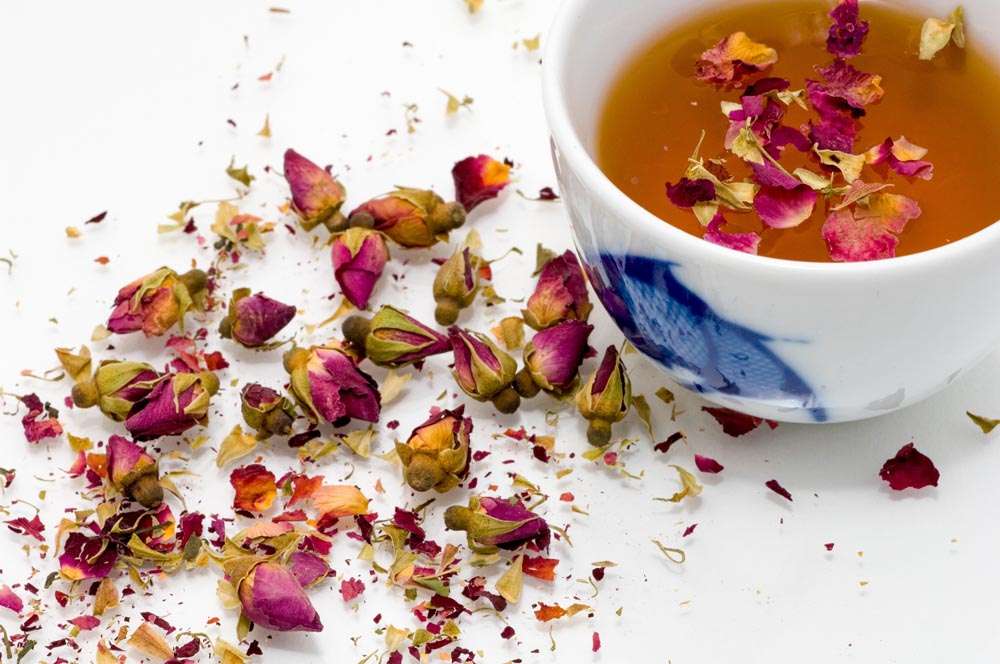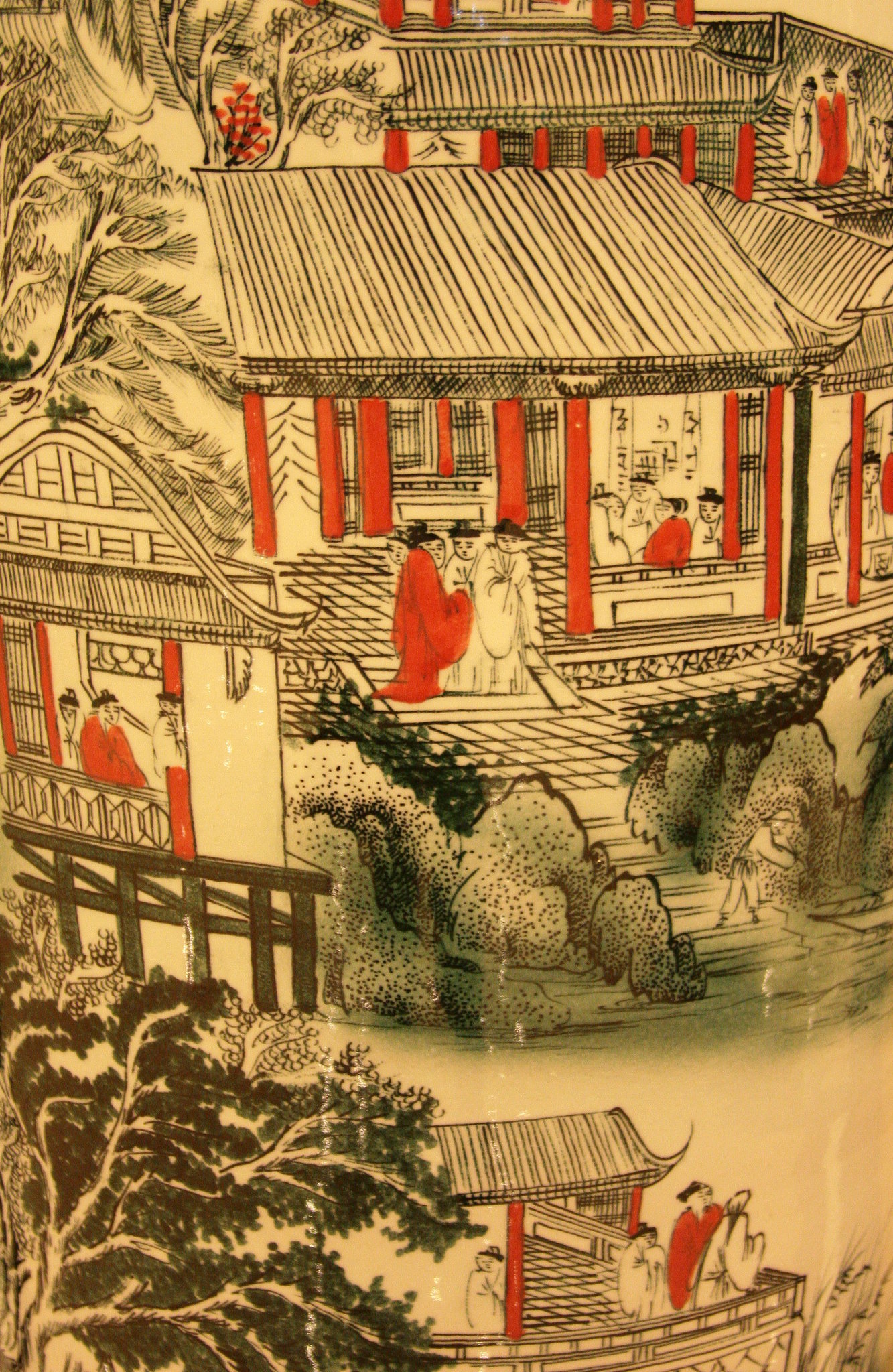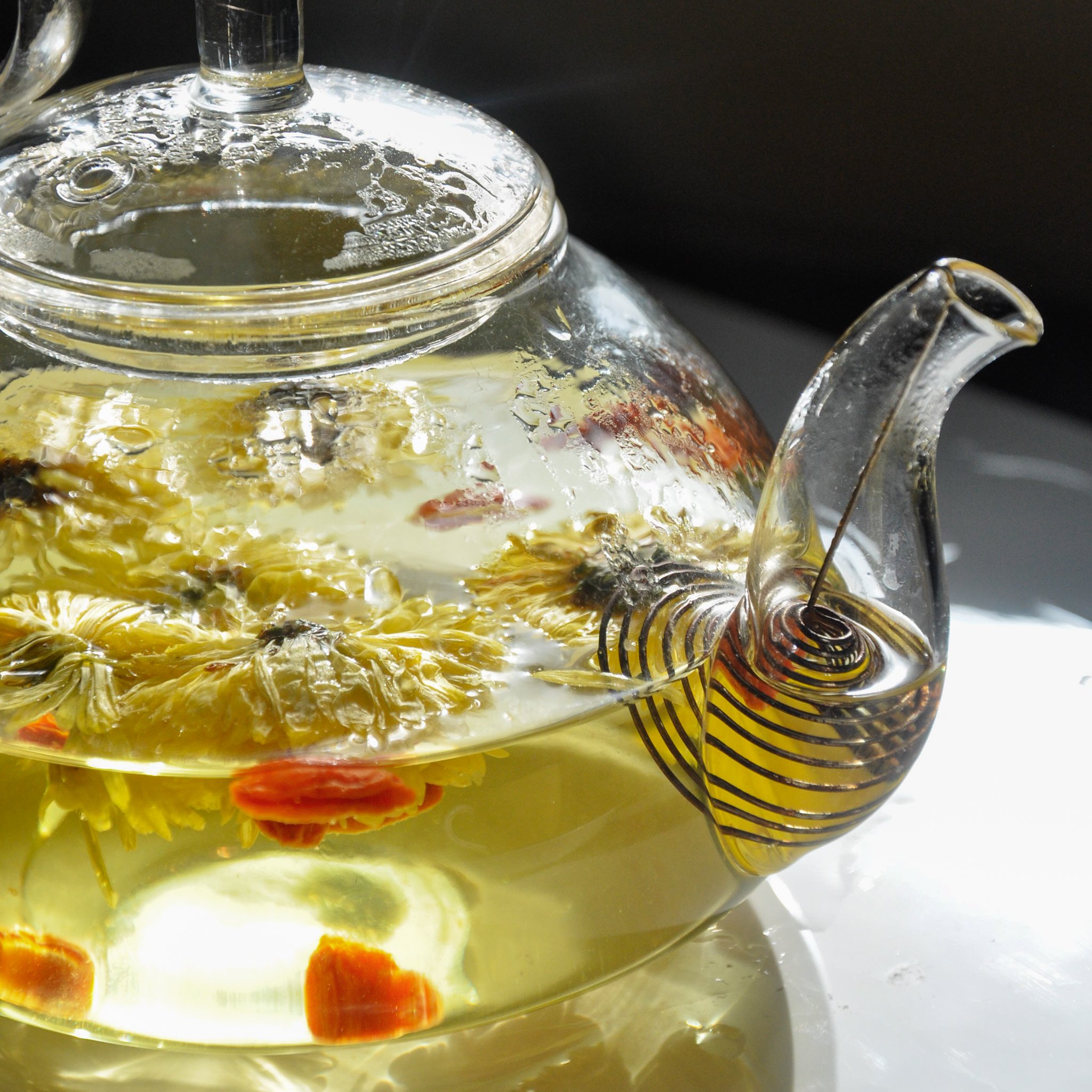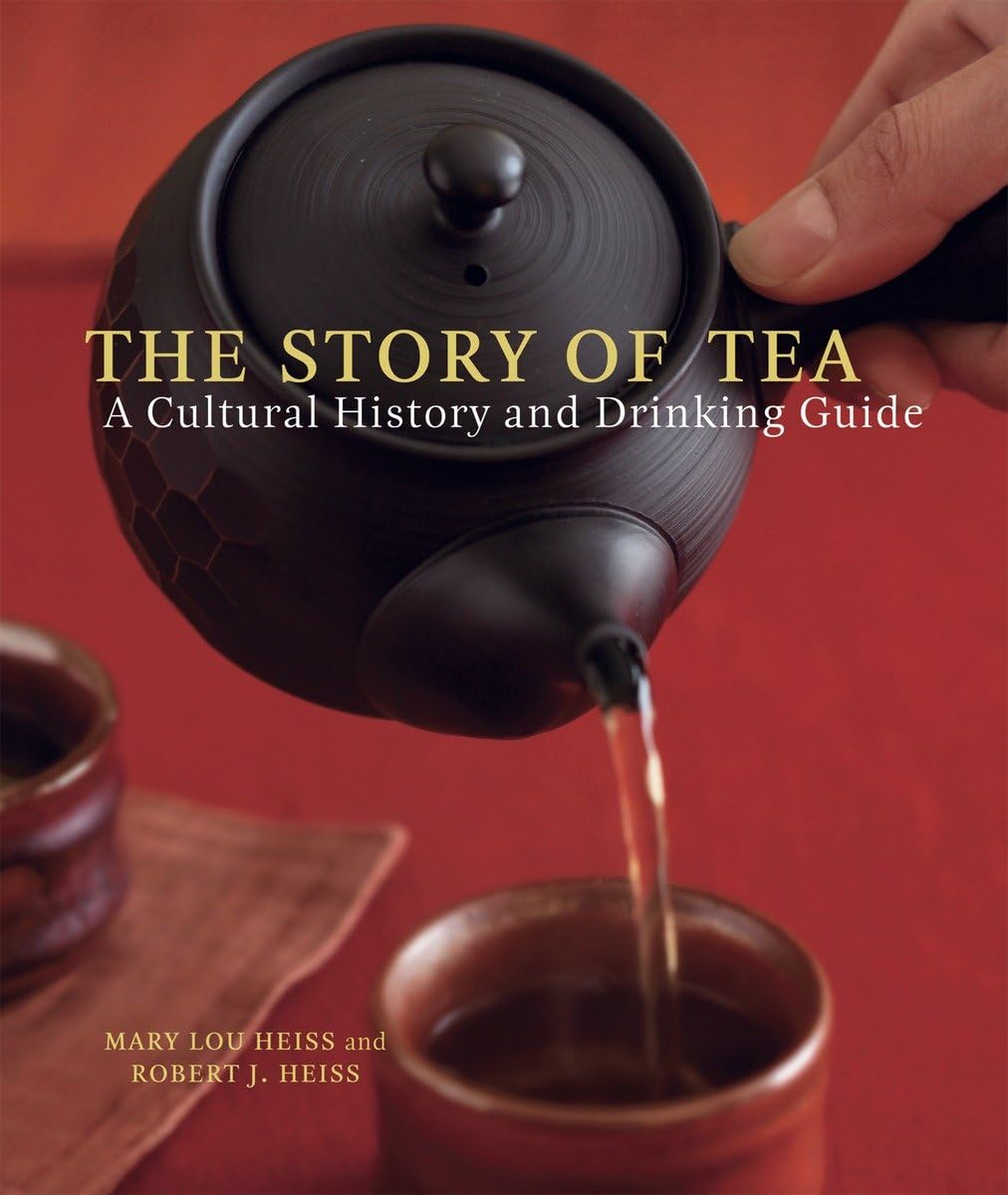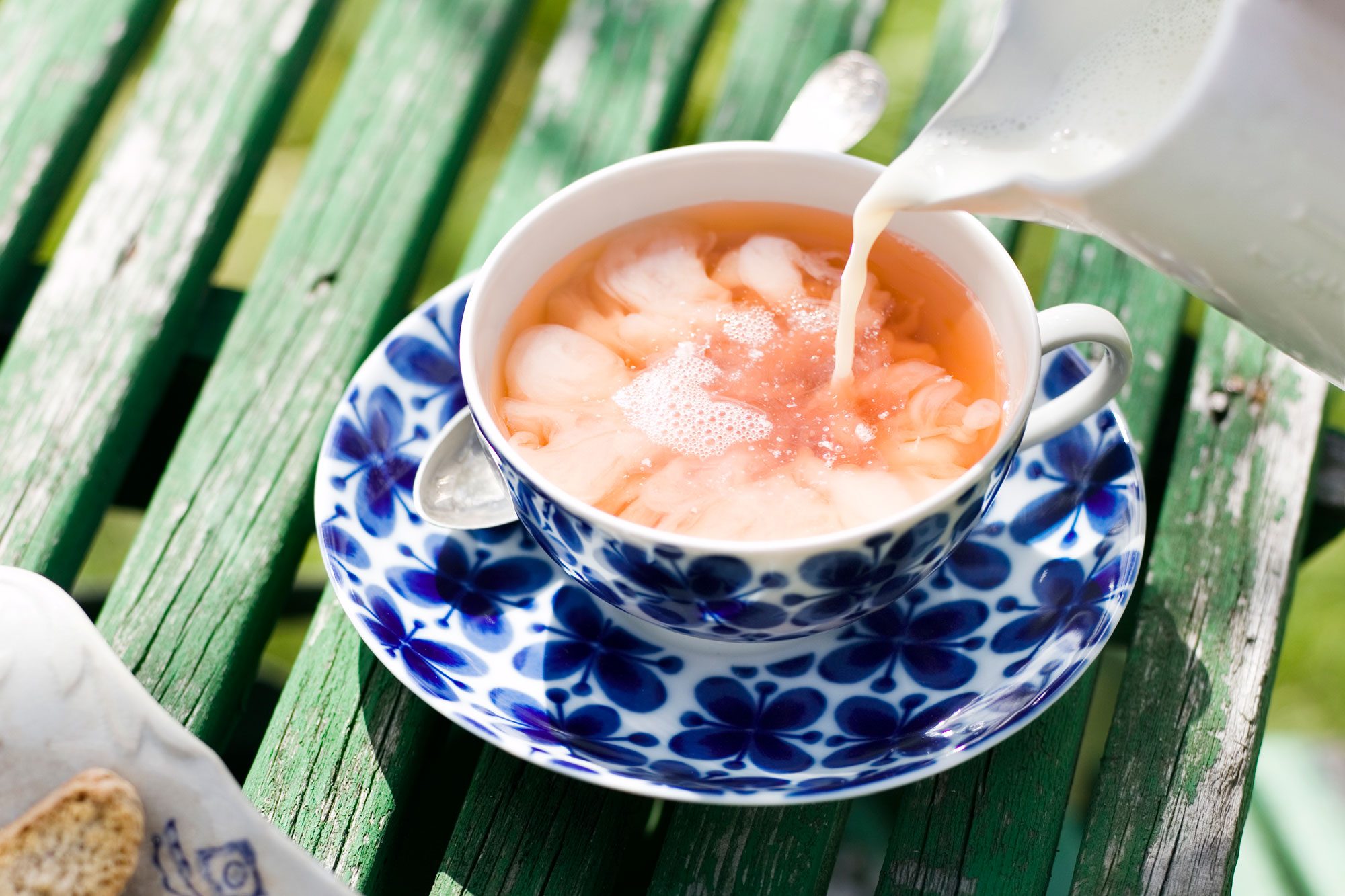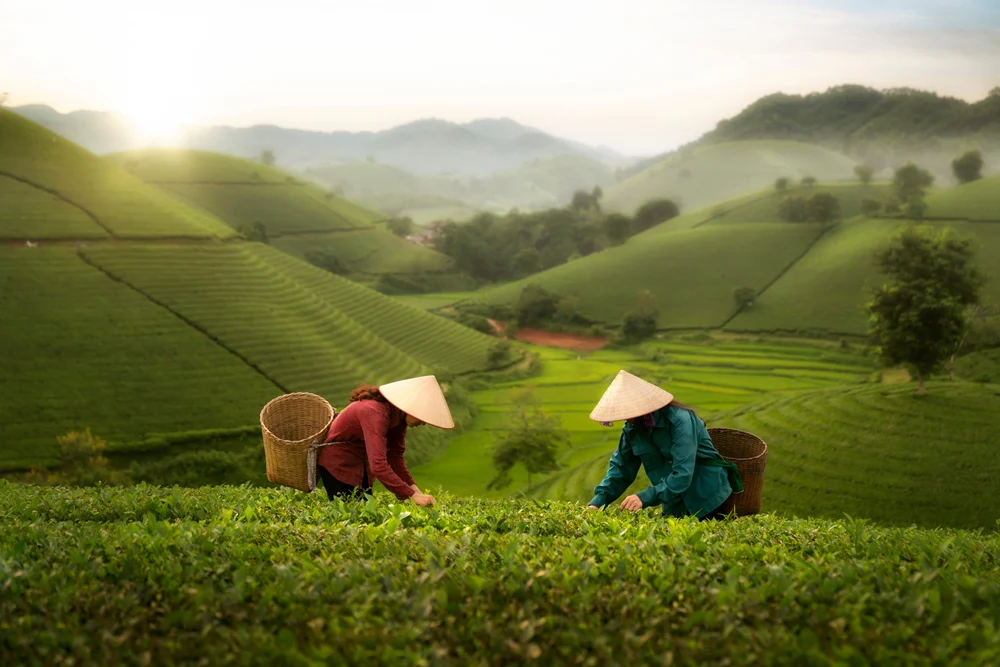Tea has always been more than just a drink; it is an experience steeped in culture, history, and ritual. When flowers are introduced into the mix, tea transforms into a sensory masterpiece. Floral teas capture nature’s beauty in both flavor and fragrance, offering a soothing escape with every sip. From ancient traditions to modern blends, the combination of flowers and tea creates an unparalleled experience for the mind, body, and soul.
In this guide, we’ll explore the delicate harmony of flowers and tea, the art of blending, and tips for crafting the perfect floral-infused brew.
1. The Timeless Allure of Floral Teas
The union of flowers and tea dates back centuries, with origins in both cultural rituals and medicinal practices. From the Chinese practice of brewing jasmine tea to the herbal remedies of European chamomile infusions, floral teas have been cherished for their therapeutic and aromatic qualities.
Why Flowers in Tea?
- Aromatherapy: Floral scents have a calming effect, promoting relaxation and mental clarity.
- Flavor Enhancement: Flowers impart subtle, sweet, or tangy flavors that enhance the complexity of tea.
- Aesthetic Appeal: The beauty of dried or blooming flowers adds visual charm, elevating the tea-drinking experience.
2. Popular Flowers Used in Tea
Floral teas come in a wide range of flavors and aromas, each flower offering its own unique benefits and characteristics. Here are some of the most popular flowers used in tea:
a. Jasmine
- Flavor Profile: Sweet, floral, and subtly perfumed.
- Pairing: Often combined with green tea for a balanced and fragrant cup.
- Benefits: Known for its relaxing and mood-enhancing properties.
b. Rose
- Flavor Profile: Light, slightly sweet, with a hint of tartness.
- Pairing: Works well with black, green, or herbal teas.
- Benefits: Promotes relaxation, improves skin health, and uplifts the mood.
c. Chamomile
- Flavor Profile: Mildly sweet with earthy undertones.
- Pairing: Typically brewed alone as a herbal infusion but can be paired with lavender or mint.
- Benefits: Helps with sleep, digestion, and stress relief.
d. Lavender
- Flavor Profile: Sweet, floral, and slightly herbaceous.
- Pairing: Complements green tea, chamomile, or mint for a calming blend.
- Benefits: Reduces stress and promotes better sleep.
e. Hibiscus
- Flavor Profile: Tart and tangy with a cranberry-like zing.
- Pairing: Excellent with herbal teas or as a standalone infusion.
- Benefits: Supports heart health, lowers blood pressure, and boosts hydration.
f. Osmanthus
- Flavor Profile: Sweet, peachy, and slightly apricot-like.
- Pairing: Perfect with oolong tea for a luxurious floral experience.
- Benefits: Enhances skin health and digestion.
3. Crafting the Perfect Floral Tea Blend
Creating the perfect floral tea requires attention to detail, from selecting high-quality ingredients to mastering the right brewing techniques.
a. Choosing Quality Flowers
- Opt for organic, pesticide-free flowers to ensure purity and safety.
- Look for vibrant colors and fresh scents in dried flowers, as these are indicators of quality.
b. Tea Pairing Tips
- Green Tea: Pairs well with jasmine, rose, and osmanthus for a light and refreshing blend.
- Black Tea: Complements bold flowers like hibiscus or rose for a richer, more robust brew.
- Herbal Tea: Perfect with chamomile, lavender, and mint for caffeine-free options.
c. Blending Ratios
Start with a ratio of 3 parts tea to 1 part flowers. Adjust based on your flavor preferences, as some flowers can be quite potent.
d. Brewing Guidelines
- Water Temperature:
- Green tea blends: 70–80°C (158–176°F).
- Black tea blends: 90–95°C (194–203°F).
- Herbal infusions: 95–100°C (203–212°F).
- Steeping Time:
- Green and black tea blends: 2–4 minutes.
- Herbal infusions: 5–7 minutes.
- Strain and Serve: Always strain the flowers and tea leaves before serving.
4. The Art of Blooming Teas
Blooming teas, also known as flowering teas, are hand-tied bundles of tea leaves and flowers that unfurl when steeped in hot water, creating a stunning visual display.
How to Brew Blooming Tea
- Use a clear glass teapot to showcase the bloom.
- Heat water to the appropriate temperature (usually 90–95°C).
- Place the tea bloom in the teapot and pour water over it.
- Watch as the flower unfurls, then steep for 3–5 minutes.
- Serve and enjoy both the flavor and the artistry.
Popular Flowers in Blooming Teas
- Jasmine
- Marigold
- Lily
- Hibiscus
5. Health Benefits of Floral Teas
In addition to their captivating flavors and aromas, floral teas offer a range of health benefits:
a. Stress Relief
Flowers like chamomile, lavender, and jasmine are known for their calming effects, helping to reduce anxiety and improve sleep.
b. Digestive Support
Hibiscus, rose, and osmanthus aid digestion and soothe the stomach.
c. Hydration and Detox
Herbal floral teas are naturally hydrating and help the body detoxify by flushing out toxins.
d. Antioxidant Boost
Flowers like hibiscus and jasmine are rich in antioxidants, which combat free radicals and support overall health.
6. Creative Floral Tea Ideas
Enhance your tea experience with these creative serving suggestions:
a. Iced Floral Tea
- Brew a strong floral tea blend.
- Chill and serve over ice with fresh fruit slices or edible flowers.
b. Floral Tea Latte
- Brew a concentrated floral tea, such as lavender or rose.
- Add frothed milk and sweeten with honey or vanilla syrup.
c. Floral Tea Mocktails
- Combine chilled floral tea with sparkling water or lemonade.
- Add a splash of fruit juice for extra flavor.
d. Tea-Infused Desserts
- Use floral teas to flavor syrups, cakes, or sorbets for a unique culinary twist.
7. Floral Tea Rituals for Mindfulness
Incorporating floral tea into your daily routine can be a meditative and grounding practice. Set aside time each day to brew and savor your tea, focusing on its aroma, taste, and warmth. Pair your tea ritual with journaling, deep breathing, or quiet reflection for a holistic experience.
Conclusion
Flowers and tea create a harmonious blend that delights the senses and nourishes the soul. Whether you prefer the simplicity of a chamomile infusion, the elegance of jasmine green tea, or the artistry of a blooming tea, the possibilities are endless. By experimenting with different flowers, teas, and brewing techniques, you can craft your own perfect floral tea experience and bring a touch of nature’s beauty to every cup.
